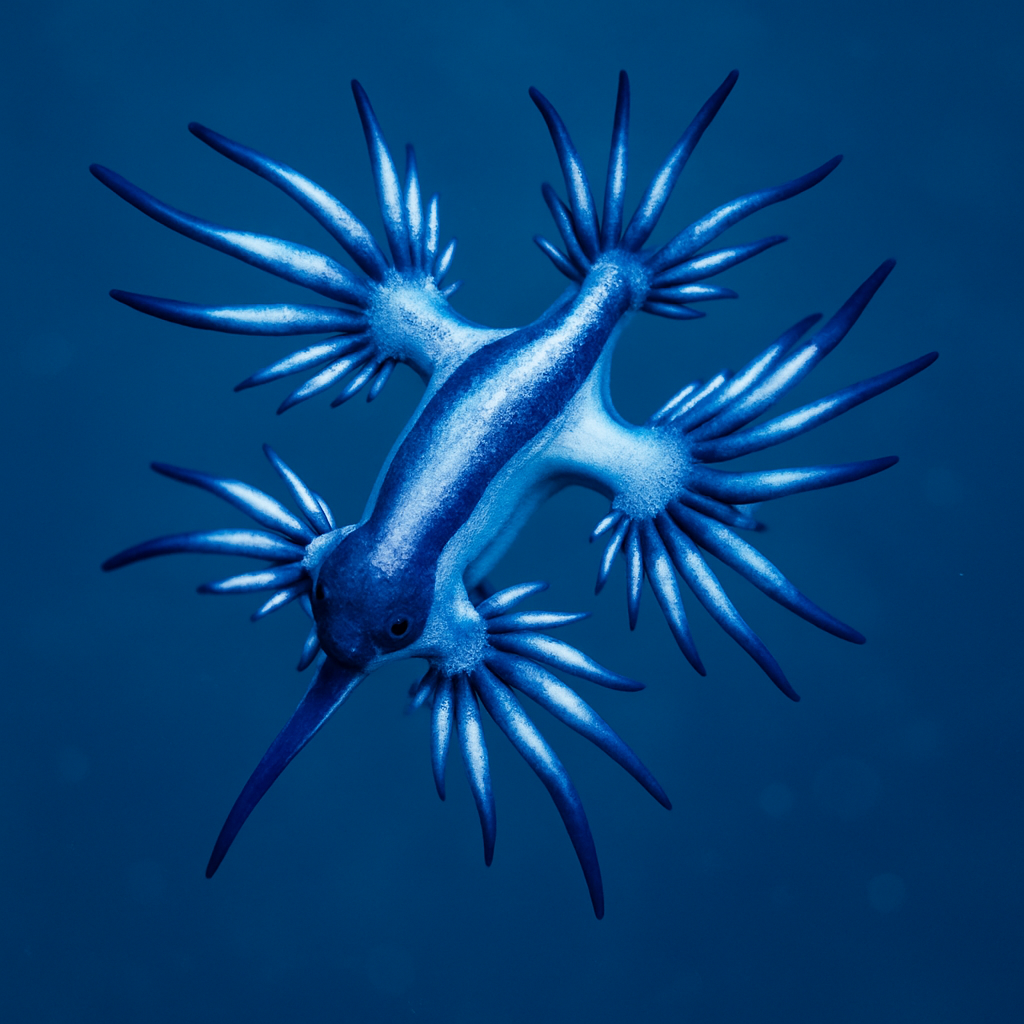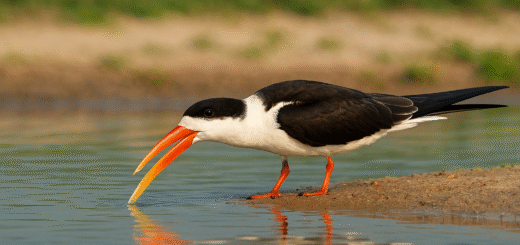The Glaucus Atlanticus: A Stunning and Unique Marine Creature
The Glaucus Atlanticus, also known as the Blue Dragon, is one of the most stunning and captivating creatures in the ocean. With its shimmering blue body and dragon-like appearance, it has gained considerable attention from marine biologists and enthusiasts alike. In this article, we’ll explore the fascinating world of the Glaucus Atlanticus, covering its unique characteristics, behavior, habitat, and why it’s so important to marine ecosystems.

What is the Glaucus Atlanticus?
The Glaucus Atlanticus is a species of marine gastropod mollusk found in the deep blue of the world’s oceans. It belongs to the family Glaucidae and is sometimes referred to as a “sea slug” or “nudibranch.” Despite its small size, the creature’s remarkable blue coloration and otherworldly appearance make it one of the most beautiful and distinctive marine organisms.
The Blue Dragon’s scientific name — Glaucus Atlanticus — is derived from the Greek word “glaucus,” meaning “blue,” and the Atlantic Ocean, where these creatures are commonly found.
Physical Appearance of the Glaucus Atlanticus
One of the most striking features of the Glaucus Atlanticus is its vibrant blue color, which helps it blend seamlessly into the water. Its body is long and slender, with a pair of large, wing-like appendages that give it an almost mythical, dragon-like appearance. These appendages are known as parapodia, and they help the Blue Dragon propel itself through the water.
This marine mollusk is small, measuring only around 3 to 4 cm (1 to 1.5 inches) in length. Despite its delicate appearance, it has evolved several interesting adaptations to survive in its environment.
The Glaucus Atlanticus Diet
The Glaucus Atlanticus is a carnivorous creature that feeds on a variety of smaller marine organisms. Its diet mainly consists of jellyfish, plankton, and other small invertebrates. What makes this creature even more fascinating is its ability to consume jellyfish that are much larger than itself. The Blue Dragon uses its radula, a specialized feeding organ, to scrape the jellyfish and absorb its nutrients.
In an interesting twist, the Glaucus Atlanticus is also capable of absorbing the stinging cells (nematocysts) from the jellyfish it eats, using them as a defense mechanism. This means that it can potentially sting predators that try to attack it, making it a formidable survivor in the ocean.
Habitat and Distribution
The Glaucus Atlanticus is typically found in the warm waters of the Atlantic, Indian, and Pacific Oceans. It is often seen floating on the surface of the ocean, carried by ocean currents. The Blue Dragon is pelagic, meaning it lives in the open ocean, and is frequently spotted along coastlines, especially after storms that bring it closer to shore.
While the Glaucus Atlanticus can be found in warm tropical waters, it is also seen in temperate regions. Due to its small size and floating behavior, the Blue Dragon is often difficult to spot without a careful eye.
Behavior and Adaptations
The Blue Dragon’s floating behavior is a key survival tactic. Its unique body structure allows it to stay afloat by using buoyancy in the water. The Glaucus Atlanticus feeds on surface-dwelling organisms, and its behavior of drifting with the current allows it to cover large areas in search of food.
Additionally, the Glaucus Atlanticus has a remarkable defense mechanism. Not only does it possess the stinging cells of jellyfish, but it also exhibits a unique form of camouflage. Its blue coloration allows it to blend seamlessly into the surrounding water, making it less visible to predators.
Why Is the Glaucus Atlanticus Important?
The Glaucus Atlanticus plays a vital role in the marine ecosystem. By feeding on jellyfish and plankton, it helps regulate populations of these organisms, preventing them from becoming too abundant. Its presence also adds to the overall biodiversity of the ocean, helping to maintain a balanced food web.
Moreover, this species is a fascinating example of the complexity and beauty of marine life. Its ability to absorb toxins from its prey and use them for its defense highlights the ingenious survival tactics that nature has developed over millions of years.
Conservation and Threats
While the Glaucus Atlanticus is not currently considered endangered, it faces potential threats from pollution and climate change. Changes in ocean temperatures, pollution, and human activity can disrupt the delicate balance of marine ecosystems, affecting creatures like the Blue Dragon.
As ocean temperatures rise, some species of jellyfish, the Glaucus Atlanticus’s primary food source, may experience changes in their populations. Additionally, pollution, including plastic waste, can harm marine life by either directly poisoning animals or disrupting their habitat.
Conclusion
The Glaucus Atlanticus, or Blue Dragon, is an extraordinary and visually captivating marine creature that continues to fascinate scientists and ocean lovers alike. Its unique physical traits, diet, and behavior make it an important player in the marine ecosystem. By understanding and appreciating such incredible animals, we can better recognize the importance of preserving our oceans and the diverse species that call them home.
If you ever find yourself in warm coastal waters, take a moment to appreciate the remarkable creatures that inhabit the depths, including the majestic Glaucus Atlanticus.








